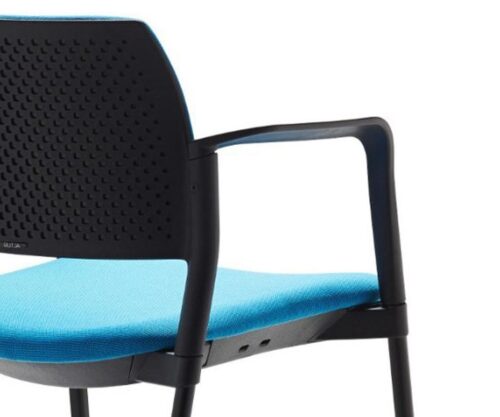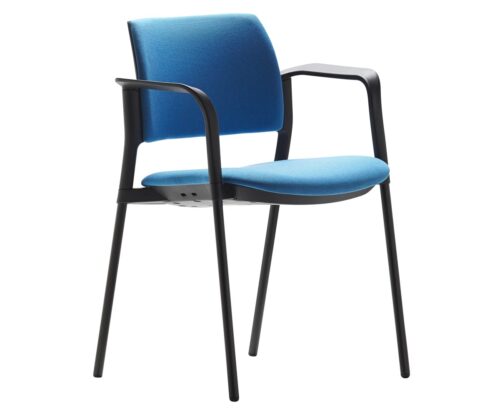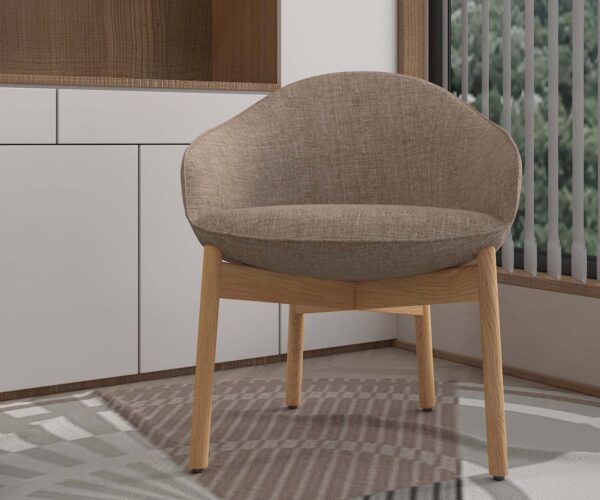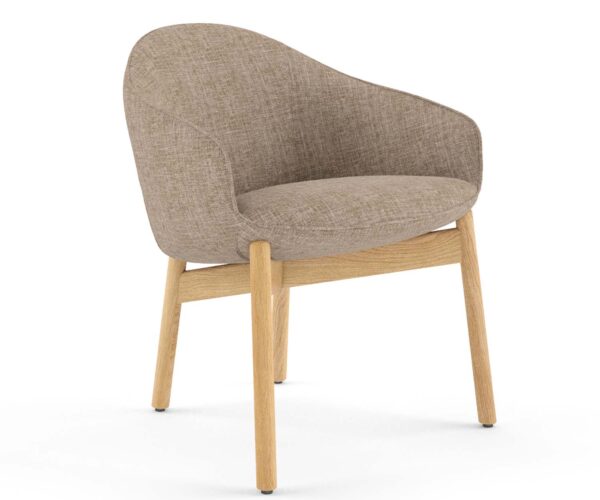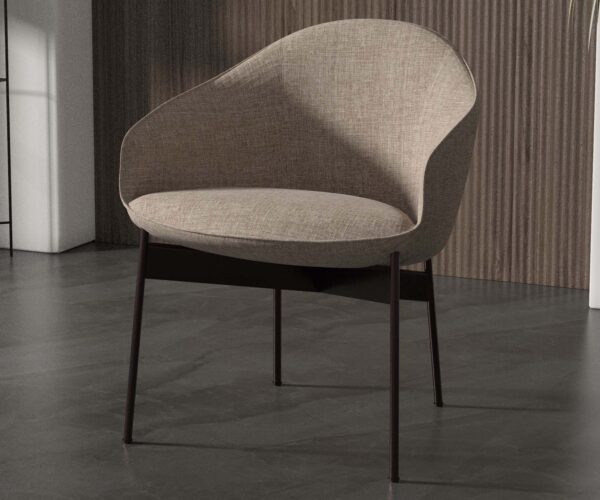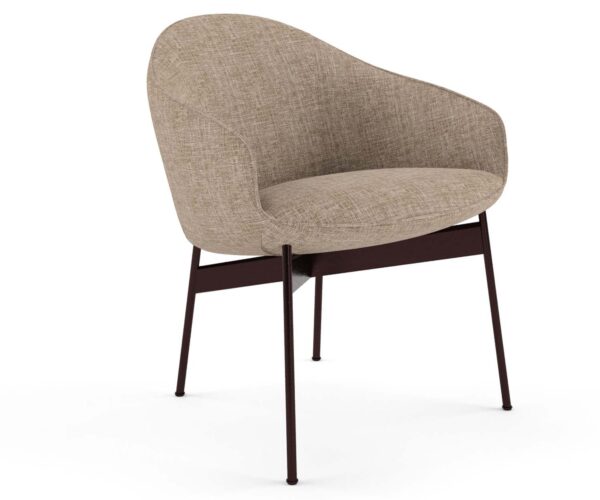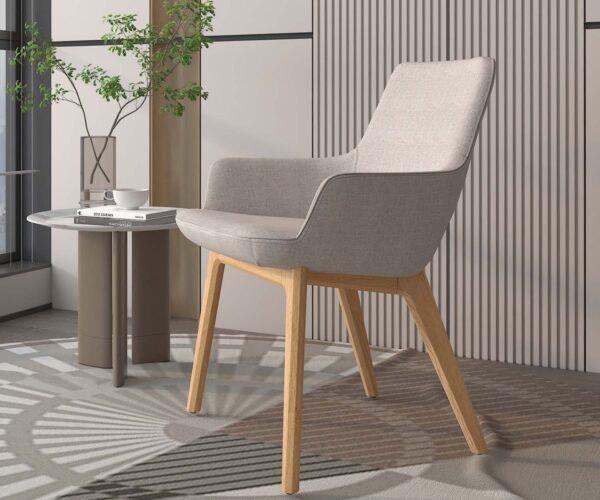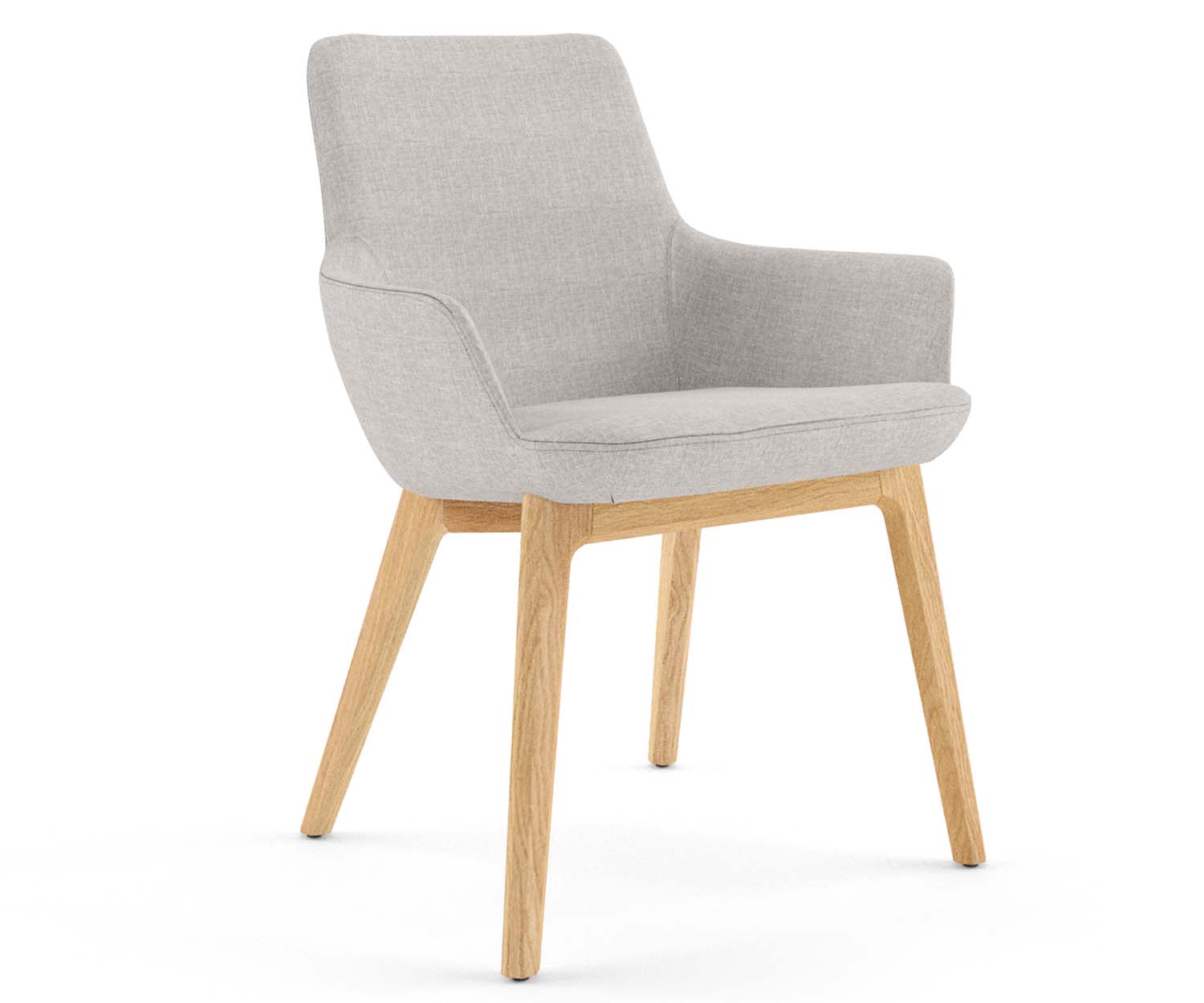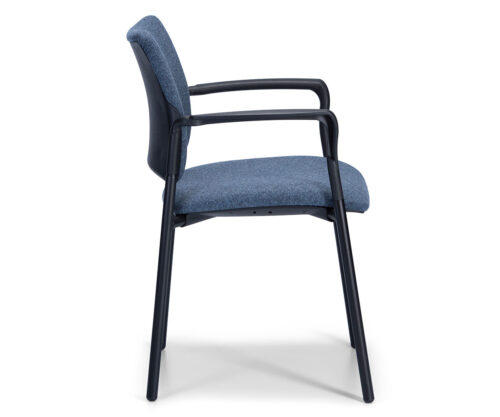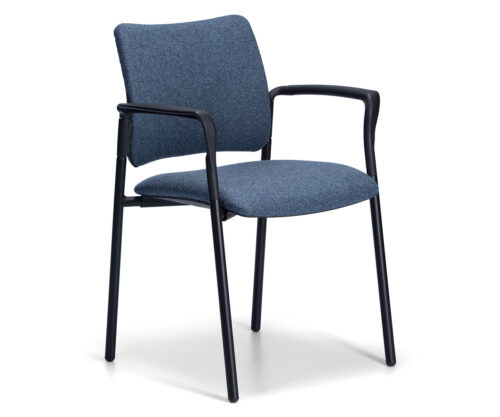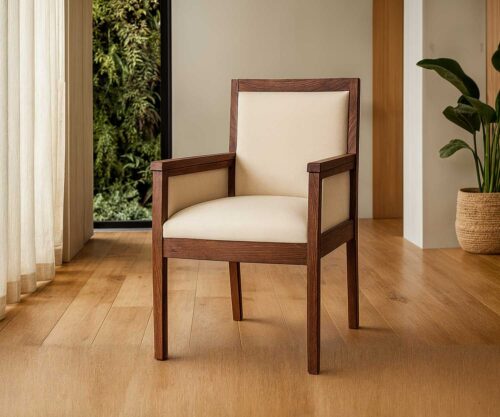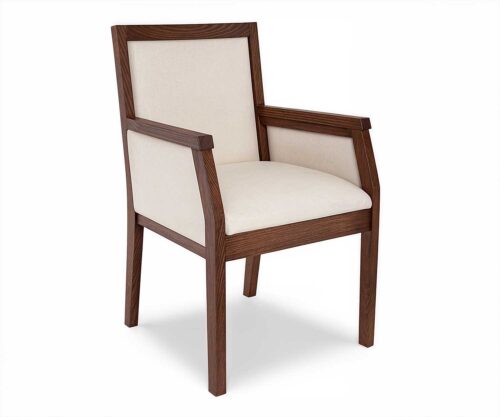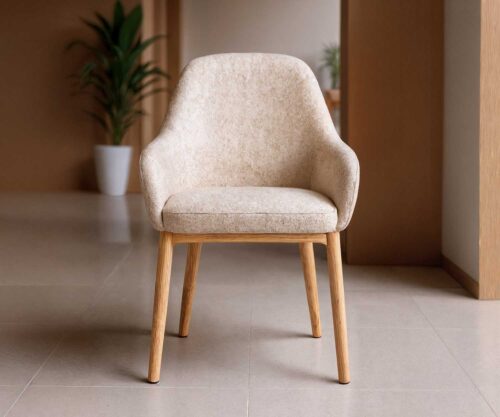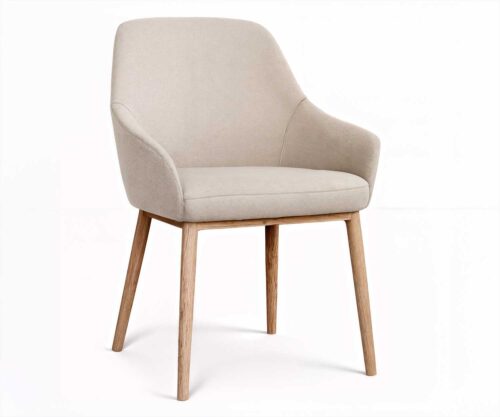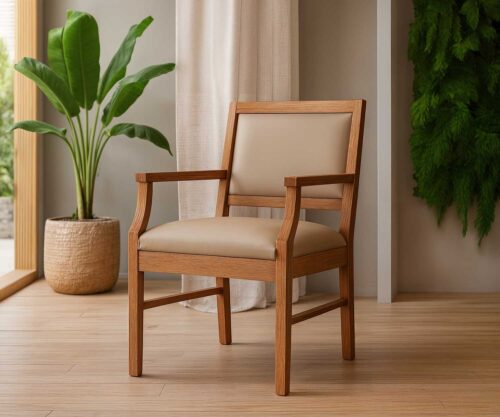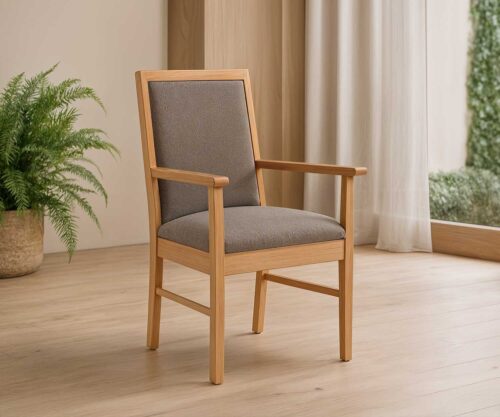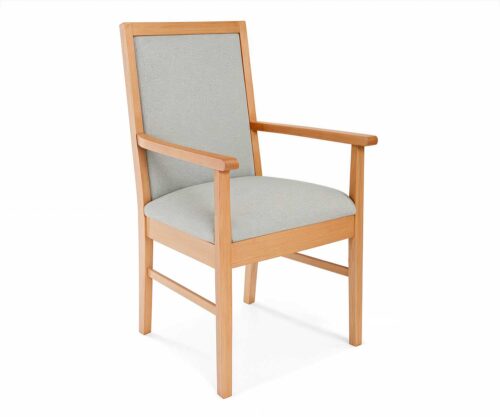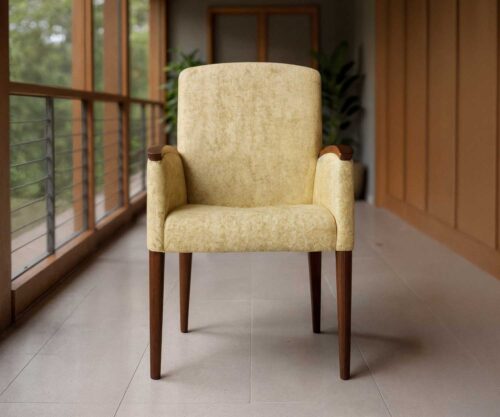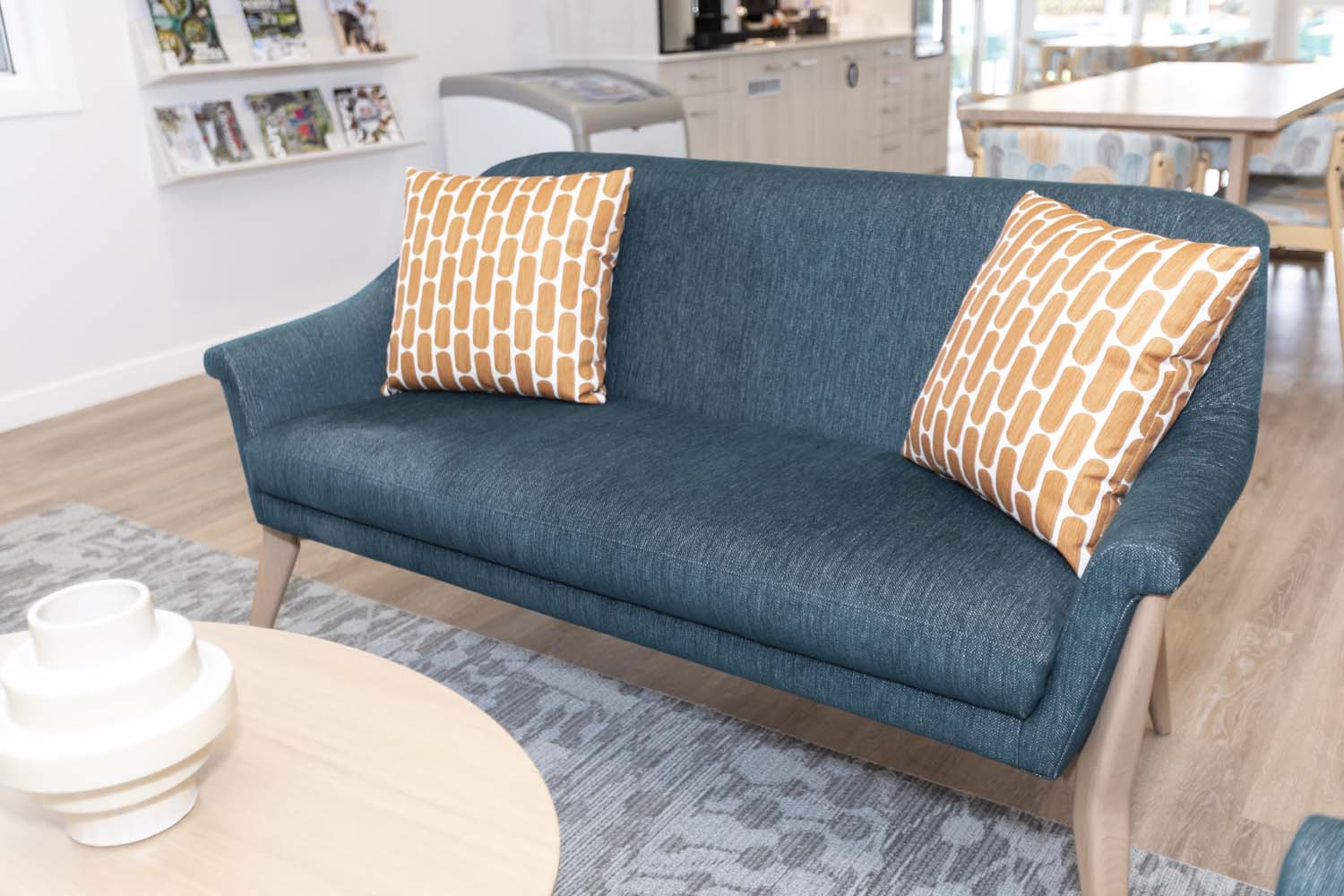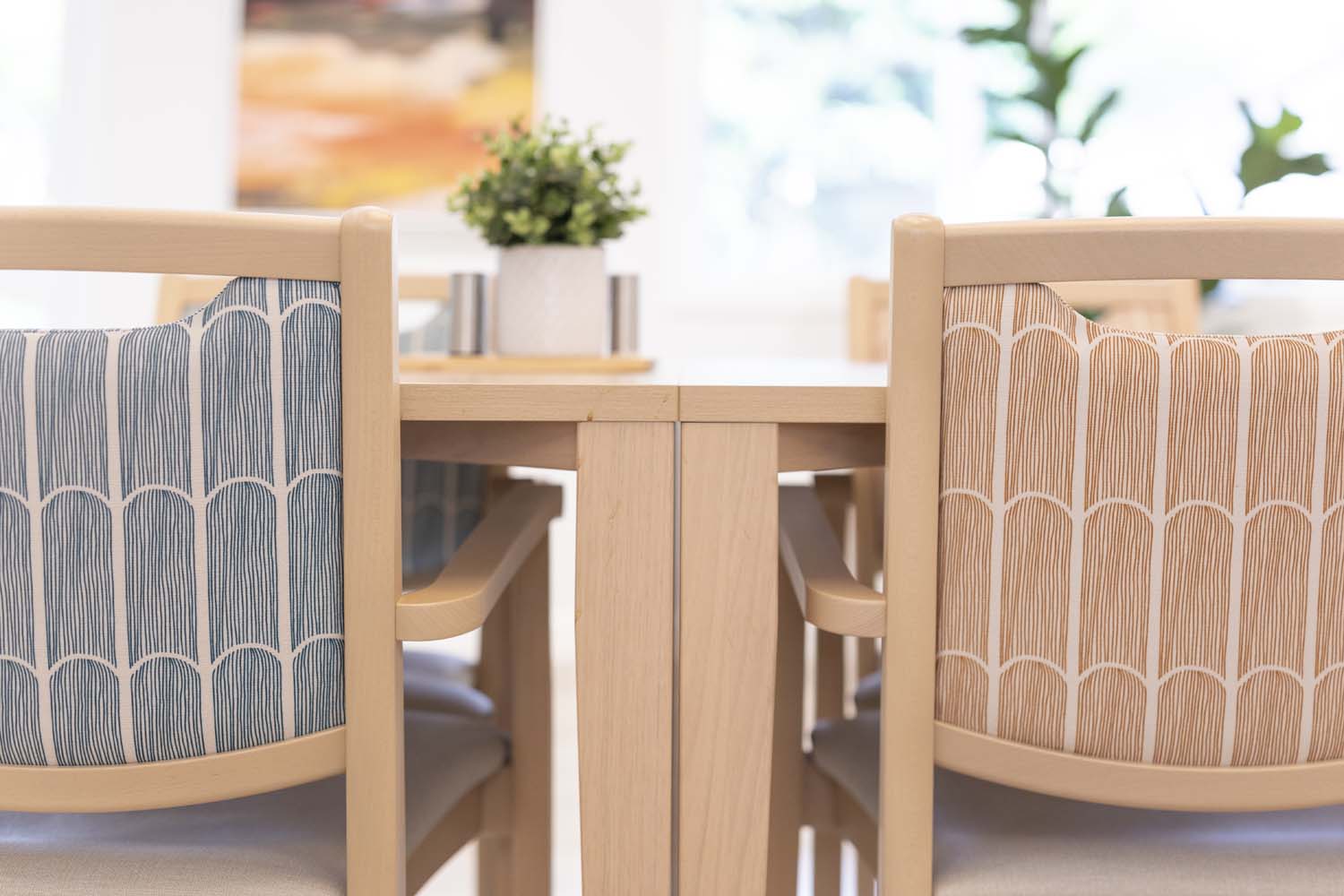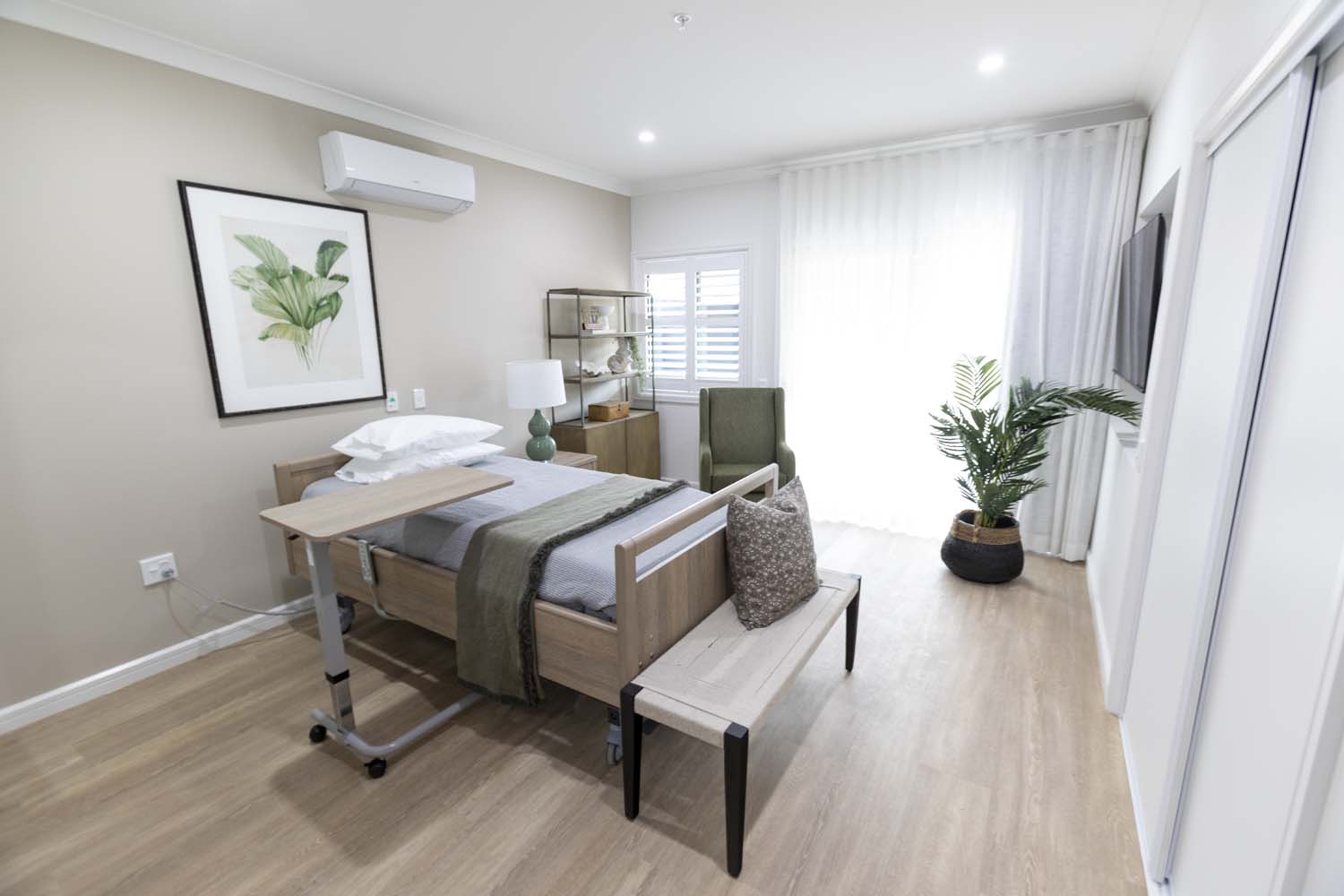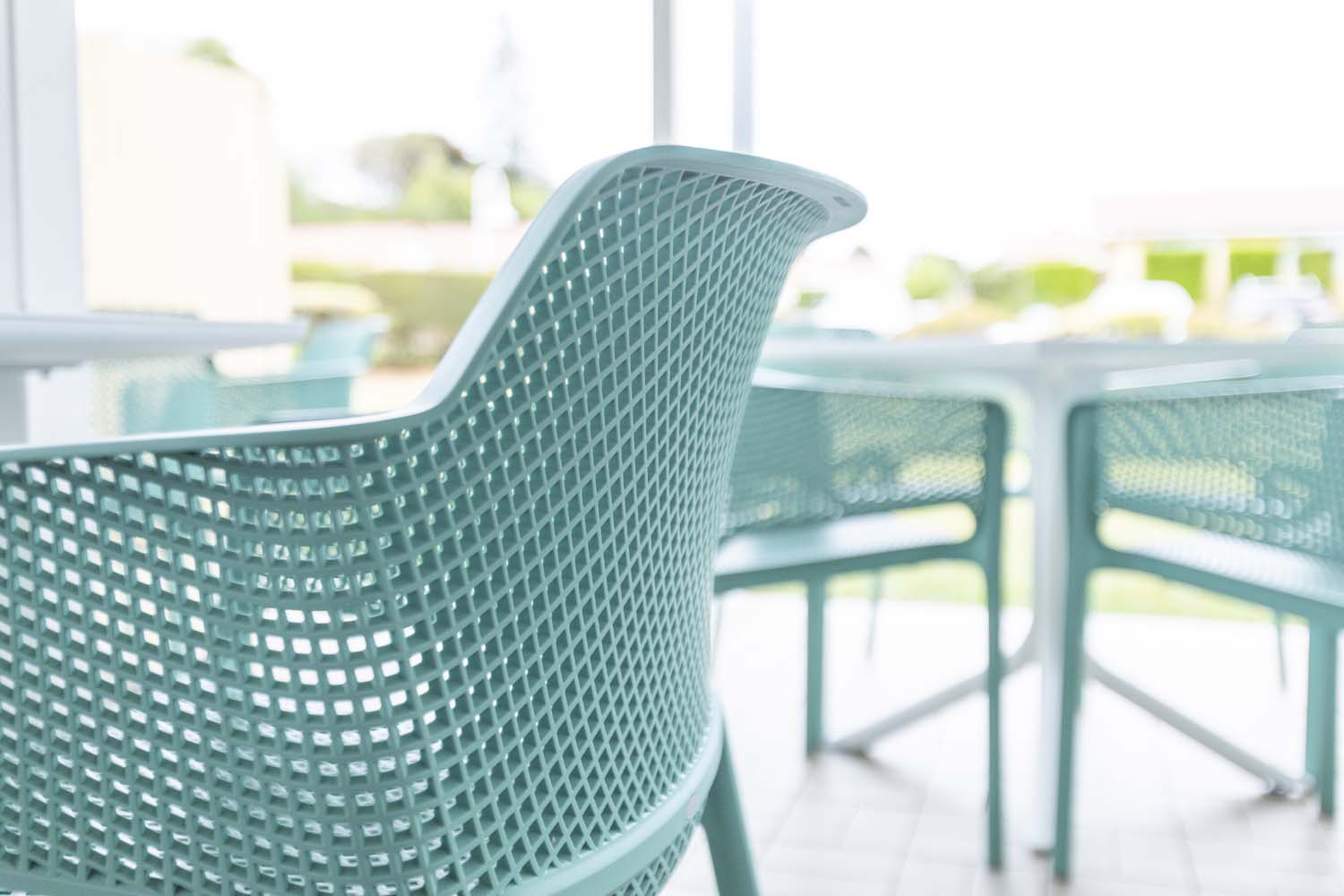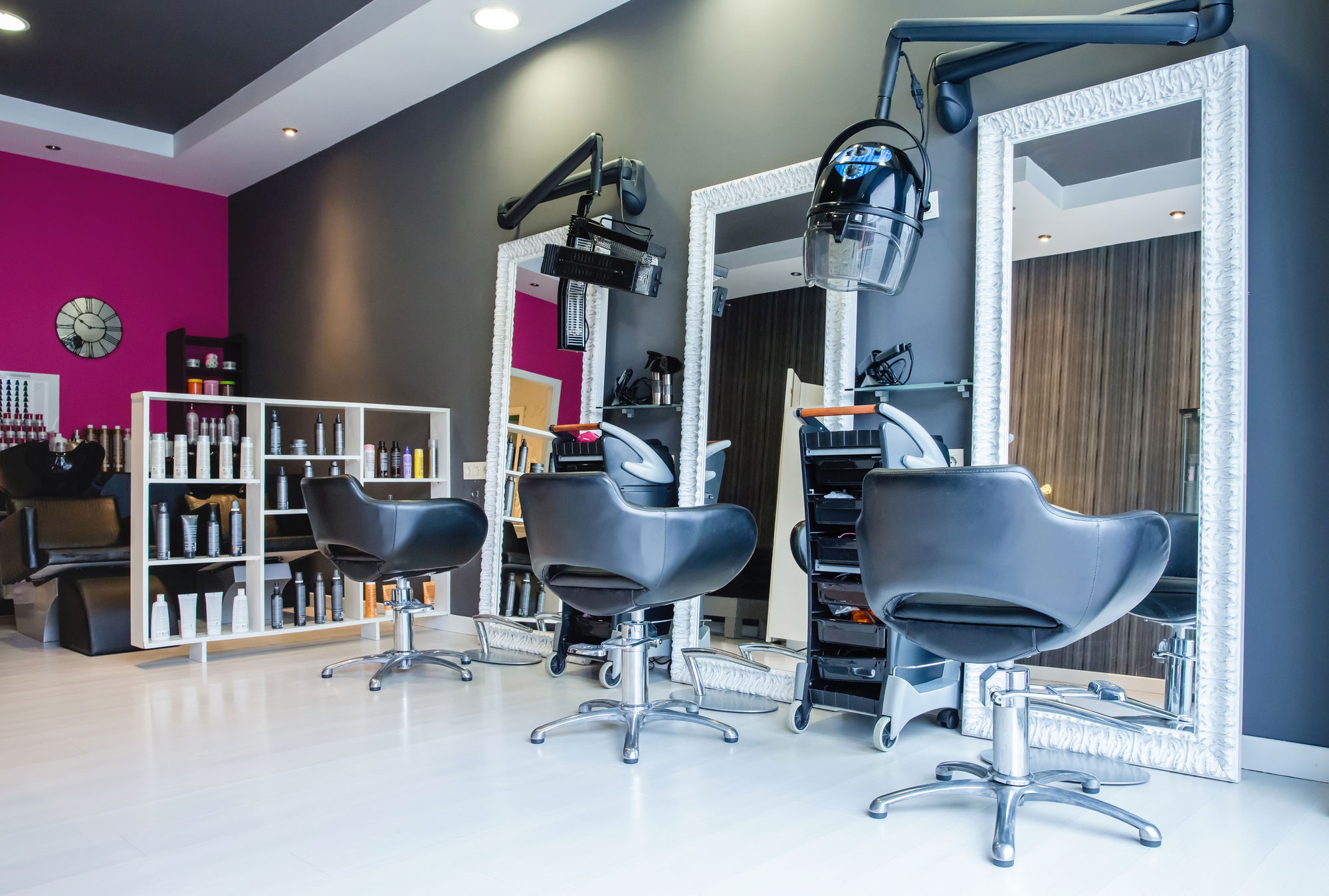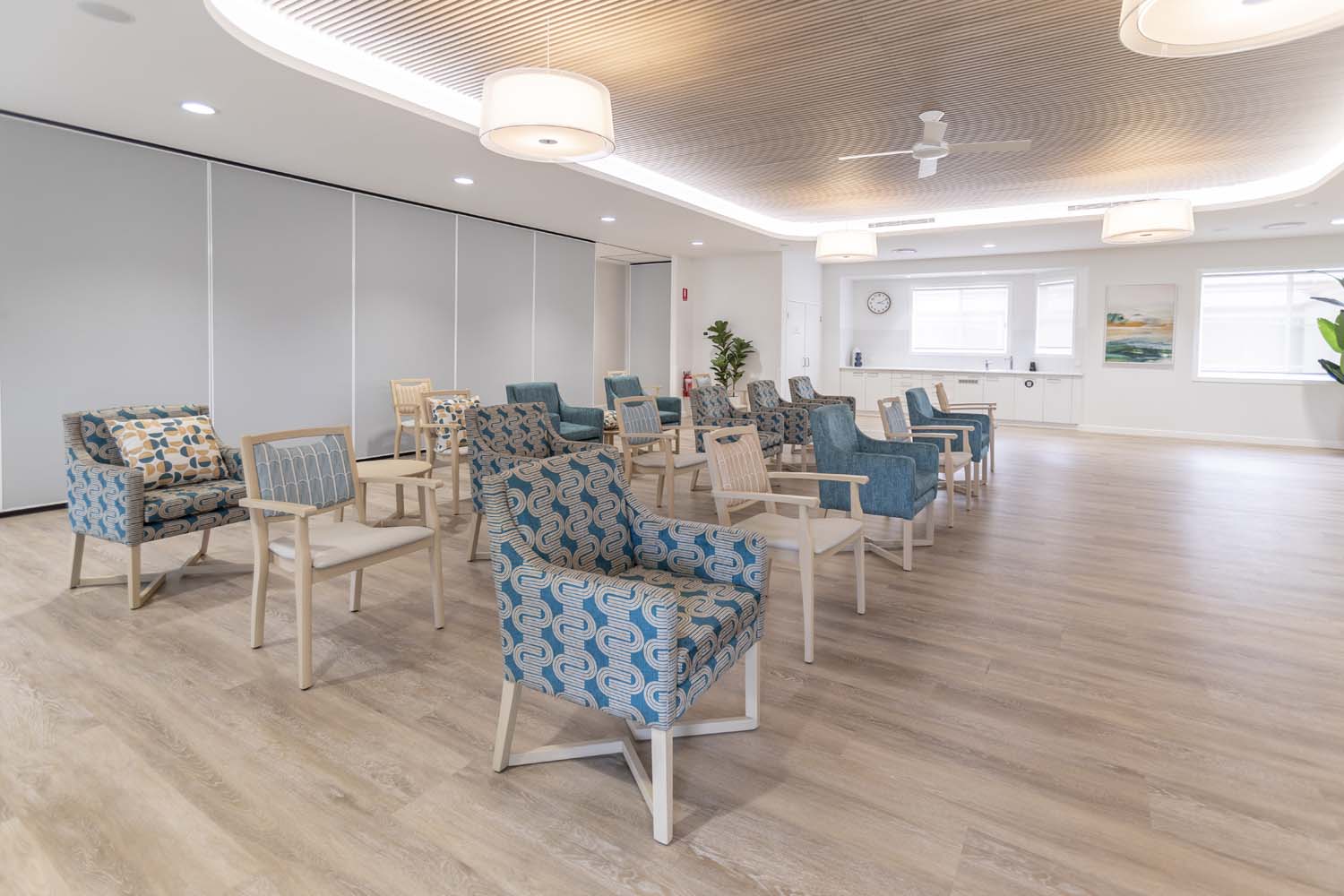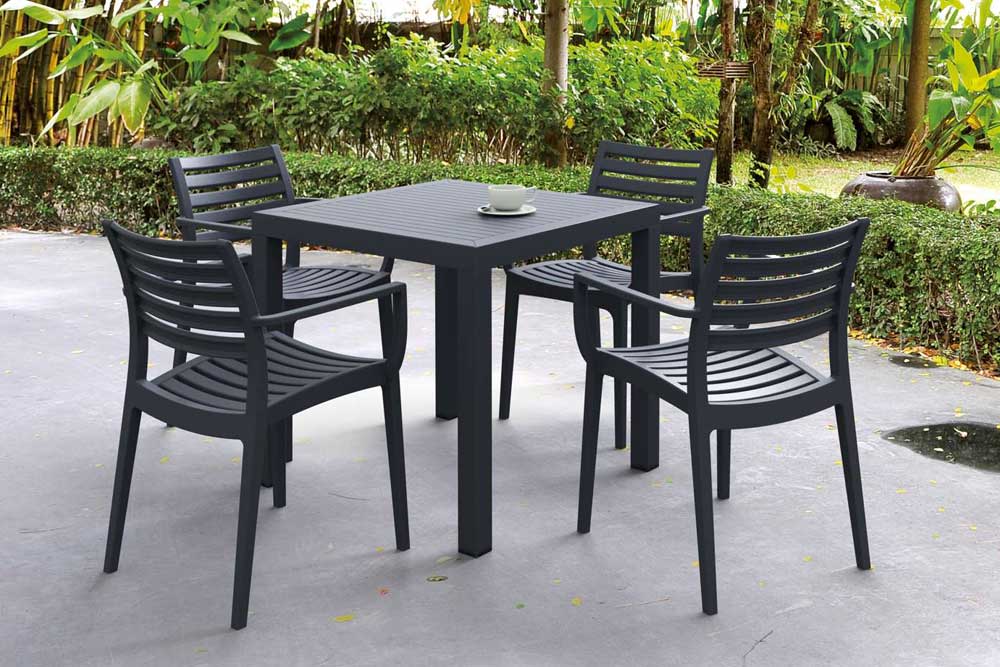Improving Dining Experiences in Residential Aged Care: Best Practices & What to Avoid
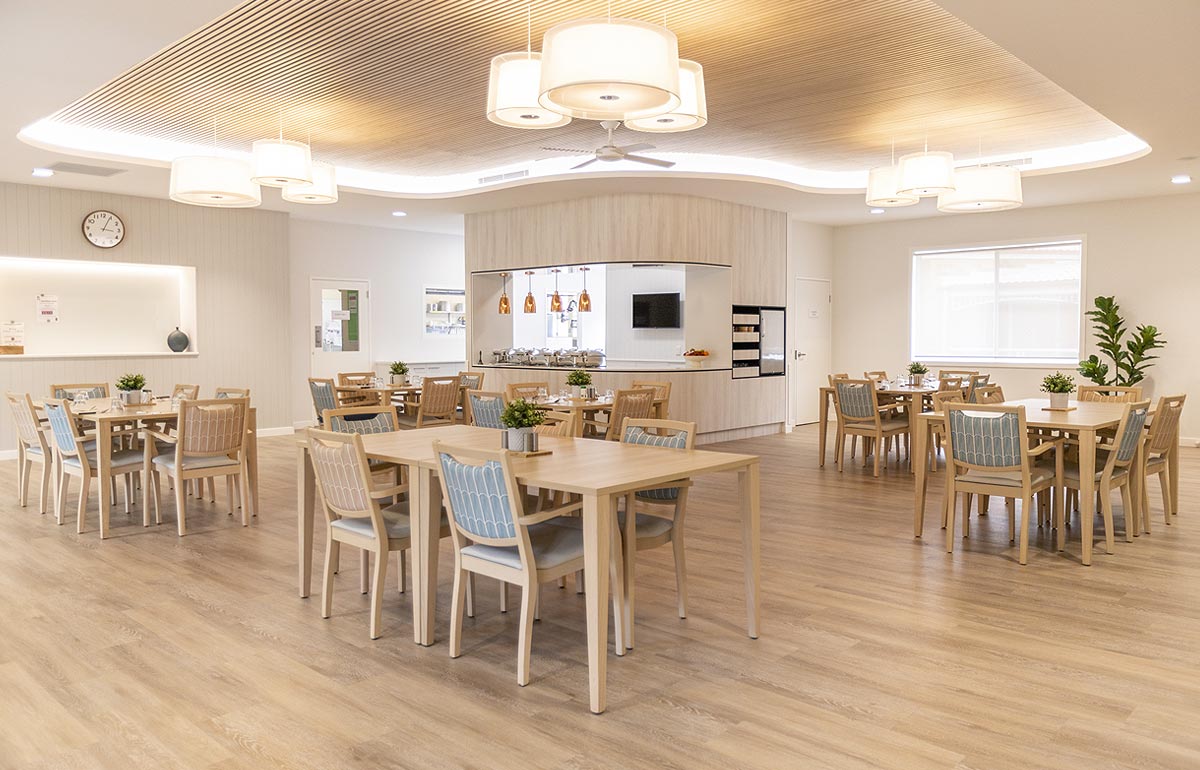
Mealtimes in Australian residential aged care should be more than just routine—they should be moments of comfort, dignity, and enjoyment for residents. The Australian Aged Care Quality and Safety Commission’s Nutrition and Dining Experience Expert Advisory Group has provided essential guidelines to help facility managers and staff create a more positive dining experience.
Here’s what to focus on and what to avoid to ensure every resident enjoys their mealtime with dignity and ease.
1. Allow Residents Adequate Time to Eat
Many aged care residents require extra time to eat due to mobility challenges, cognitive impairments, or medical conditions. Rushing them can lead to stress and reduced food intake.
Best Practices:
- Allow residents to eat at their own pace.
- Serve the next course only after they have finished the previous one.
- Always ask before clearing tableware to ensure they have finished.
What to Avoid:
- Rushing residents through their meals.
- Removing plates before confirming the resident is done.
2. Provide Assistance Respectfully
For residents who require support during meals, assistance should be provided in a way that maintains dignity and encourages engagement.
Best Practices:
- Use respectful language, such as “assist to eat,” rather than “a feed” or “feeds.”
- Explain meals to residents, especially those on texture-modified diets.
- Use visual prompts to help residents recognise their food.
What to Avoid:
- Rushing residents or “shovelling” food into their mouths.
- Stirring or mixing food together, especially texture-modified meals, as it can be undignified.
3. Sit with Residents During Mealtimes
Engagement during meals helps staff identify issues such as loss of appetite while creating a more homely and social atmosphere.
Best Practices:
- Sit with residents when possible to observe if they need assistance.
- Keep distractions to a minimum—avoid taking calls or chatting with colleagues while assisting residents.
- Schedule enough staff in the dining room to provide adequate support.
What to Avoid:
- Roster staff breaks during mealtimes if it means fewer people are available to assist residents.
- Creating a rushed or noisy environment that negatively impacts mealtime enjoyment.
4. Prioritise Food Presentation
The way food is served has a significant impact on a resident’s appetite and willingness to eat.
Best Practices:
- Present meals attractively, even when food is texture-modified.
- Provide picture menus to help residents with cognitive or communication difficulties identify their meals.
- Maintain a neutral or positive reaction to food—even if it doesn’t look appealing to you.
What to Avoid:
- Serving meals without care for presentation.
- Making negative facial expressions or comments about food appearance.
5. Foster a Pleasant and Respectful Dining Atmosphere
A well-set dining room signals to residents that mealtime is a special, social event.
Best Practices:
- Set up tables before meals with tablecloths, cutlery, and flowers.
- Offer options for residents to dine alone or with others, based on their preference.
- Reduce background noise and glare to create a comfortable environment.
What to Avoid:
- Clearing plates too soon—always check if a resident has finished before removing their plate.
- Ignoring environmental factors such as poor lighting or excessive noise.
6. Offer Culturally-Appropriate Dining Options
Recognising and respecting cultural food preferences can significantly enhance a resident’s comfort and enjoyment at mealtimes.
Best Practices:
- Provide culturally-appropriate meals and utensils, such as chopsticks, spoons, or handwashing bowls.
- Support gender-segregated seating if it aligns with a resident’s cultural or religious preferences.
- Allow time for cultural prayers or traditions before meals.
What to Avoid:
- Serving only Western-style meals without considering cultural diversity.
- Overlooking cultural dining customs that may be important to residents.
7. Avoid Using Clothing Protectors Unless Necessary
While clothing protectors can help prevent food spills, they should only be used in a way that maintains dignity.
Best Practices:
- Use serviettes or raise table heights as an alternative to clothing protectors.
- Offer modified cutlery or plate bumpers to help residents eat independently.
- If clothing protectors are necessary, never refer to them as “bibs.”
What to Avoid:
- Automatically placing clothing protectors on residents without consent.
- Using infantilising language when discussing dining support.
8. Support Resident Independence
Encouraging residents to eat independently, where possible, helps maintain their dignity and self-esteem.
Best Practices:
- Ensure residents have their glasses, dentures, and hearing aids before meals.
- Adjust tables and chairs to the appropriate height for each resident.
- Provide adaptive tools, such as modified cutlery and plate bumpers, as recommended by an occupational therapist.
What to Avoid:
- Assuming all residents need assistance without first assessing their abilities.
- Failing to provide the right tools or training for staff to support independent eating.
Final Thoughts
Creating a positive dining experience in aged care goes beyond just serving meals—it’s about fostering dignity, comfort, and social engagement. By implementing these best practices, facility managers can ensure that mealtimes are enjoyable, respectful, and supportive for all residents.
Would you like to explore furniture solutions that enhance mealtime comfort and accessibility in aged care? Get in touch with our team today to learn more.
Aged Care Dining Chairs
Custom made with your choice of upholstery and timber polish, ensuring that each piece meets the unique aesthetic preferences of your facility while also enhancing the comfort and well-being of residents.
More News
Improving Dining Experiences in Residential Aged Care: Best Practices & What to Avoid

Mealtimes in Australian residential aged care should be more than just routine—they should be moments of comfort, dignity, and enjoyment for residents. The Australian Aged Care Quality and Safety Commission’s Nutrition and Dining Experience Expert Advisory Group has provided essential guidelines to help facility managers and staff create a more positive dining experience.
Here’s what to focus on and what to avoid to ensure every resident enjoys their mealtime with dignity and ease.
1. Allow Residents Adequate Time to Eat
Many aged care residents require extra time to eat due to mobility challenges, cognitive impairments, or medical conditions. Rushing them can lead to stress and reduced food intake.
Best Practices:
- Allow residents to eat at their own pace.
- Serve the next course only after they have finished the previous one.
- Always ask before clearing tableware to ensure they have finished.
What to Avoid:
- Rushing residents through their meals.
- Removing plates before confirming the resident is done.
2. Provide Assistance Respectfully
For residents who require support during meals, assistance should be provided in a way that maintains dignity and encourages engagement.
Best Practices:
- Use respectful language, such as “assist to eat,” rather than “a feed” or “feeds.”
- Explain meals to residents, especially those on texture-modified diets.
- Use visual prompts to help residents recognise their food.
What to Avoid:
- Rushing residents or “shovelling” food into their mouths.
- Stirring or mixing food together, especially texture-modified meals, as it can be undignified.
3. Sit with Residents During Mealtimes
Engagement during meals helps staff identify issues such as loss of appetite while creating a more homely and social atmosphere.
Best Practices:
- Sit with residents when possible to observe if they need assistance.
- Keep distractions to a minimum—avoid taking calls or chatting with colleagues while assisting residents.
- Schedule enough staff in the dining room to provide adequate support.
What to Avoid:
- Roster staff breaks during mealtimes if it means fewer people are available to assist residents.
- Creating a rushed or noisy environment that negatively impacts mealtime enjoyment.
4. Prioritise Food Presentation
The way food is served has a significant impact on a resident’s appetite and willingness to eat.
Best Practices:
- Present meals attractively, even when food is texture-modified.
- Provide picture menus to help residents with cognitive or communication difficulties identify their meals.
- Maintain a neutral or positive reaction to food—even if it doesn’t look appealing to you.
What to Avoid:
- Serving meals without care for presentation.
- Making negative facial expressions or comments about food appearance.
5. Foster a Pleasant and Respectful Dining Atmosphere
A well-set dining room signals to residents that mealtime is a special, social event.
Best Practices:
- Set up tables before meals with tablecloths, cutlery, and flowers.
- Offer options for residents to dine alone or with others, based on their preference.
- Reduce background noise and glare to create a comfortable environment.
What to Avoid:
- Clearing plates too soon—always check if a resident has finished before removing their plate.
- Ignoring environmental factors such as poor lighting or excessive noise.
6. Offer Culturally-Appropriate Dining Options
Recognising and respecting cultural food preferences can significantly enhance a resident’s comfort and enjoyment at mealtimes.
Best Practices:
- Provide culturally-appropriate meals and utensils, such as chopsticks, spoons, or handwashing bowls.
- Support gender-segregated seating if it aligns with a resident’s cultural or religious preferences.
- Allow time for cultural prayers or traditions before meals.
What to Avoid:
- Serving only Western-style meals without considering cultural diversity.
- Overlooking cultural dining customs that may be important to residents.
7. Avoid Using Clothing Protectors Unless Necessary
While clothing protectors can help prevent food spills, they should only be used in a way that maintains dignity.
Best Practices:
- Use serviettes or raise table heights as an alternative to clothing protectors.
- Offer modified cutlery or plate bumpers to help residents eat independently.
- If clothing protectors are necessary, never refer to them as “bibs.”
What to Avoid:
- Automatically placing clothing protectors on residents without consent.
- Using infantilising language when discussing dining support.
8. Support Resident Independence
Encouraging residents to eat independently, where possible, helps maintain their dignity and self-esteem.
Best Practices:
- Ensure residents have their glasses, dentures, and hearing aids before meals.
- Adjust tables and chairs to the appropriate height for each resident.
- Provide adaptive tools, such as modified cutlery and plate bumpers, as recommended by an occupational therapist.
What to Avoid:
- Assuming all residents need assistance without first assessing their abilities.
- Failing to provide the right tools or training for staff to support independent eating.
Final Thoughts
Creating a positive dining experience in aged care goes beyond just serving meals—it’s about fostering dignity, comfort, and social engagement. By implementing these best practices, facility managers can ensure that mealtimes are enjoyable, respectful, and supportive for all residents.
Would you like to explore furniture solutions that enhance mealtime comfort and accessibility in aged care? Get in touch with our team today to learn more.
Aged Care Dining Chairs
Custom made with your choice of upholstery and timber polish, ensuring that each piece meets the unique aesthetic preferences of your facility while also enhancing the comfort and well-being of residents.
Commercial furniture by room
Based in Brisbane, we’re an Australian manufacturer of aged care furniture, retirement living furniture, hospital & healthcare furniture, hotel & accommodation furniture and student accommodation furniture. We also supply a range of commercial office furniture.
Discover the FHG Look Book: Your Source of Inspiration for Quality Australian-Made Commercial Furniture
- Quality Craftsmanship: See why we’ve been a trusted partner for over 25 years.
- Local Excellence: Learn how our Brisbane team ensures the highest standards.
- Inspiration and Ideas: Find innovative furniture solutions for any environment.
Don’t miss the opportunity to transform your commercial space with FHG’s expertly crafted furniture. Download the FHG Look Book today and start your journey towards exceptional design and quality.

